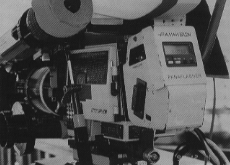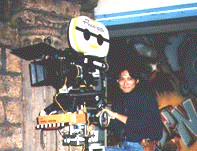
|
"Daishitsuren" a movie produced and distributed by Thoei Film Company, written by Chinami Shimizu and screenplay by Masaya Ozaki. A film directed by Kazuki Omori. Running 2 cameras on this film, I worked on as a Camera Operator for a LA base Director of Photographer, Makoto Watanabe. Daishitsuren is an interlaced omnibus story of various young couples in love and their touching relationship, staged in an Amusement Park setting, featured by a number of popular Japanese actors and actresses. The exterior shoots mainly took place in various Amusement Parks in Japan during the "coldest" winter months with the majority of filming taking place at night at the Kobe Rokkoh Island AOIA, Hatkejima Sea Paradise and Tokyo Korakuen. One month prior to the BIG EARTHQUAKE in Kobe, an extensive number of filming days were spent at the epicenter of the EARTHQUAKE and the Amusement Park has been closed since then. These locations were visually superb but among the three, two were sited next to the seaside which meant that the production had to battle against daily freezing temperatures of below 0 degrees during the night shoot. Camera heaters were constantly up and running and I imagine that the most consumed item in this production turned out to be "disposable thermal pads" for the crew. |
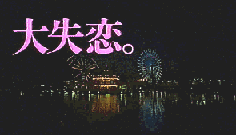
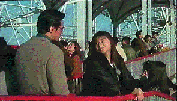
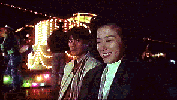
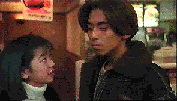
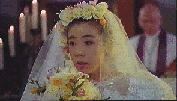
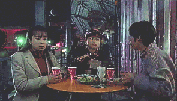
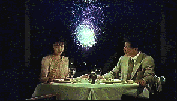
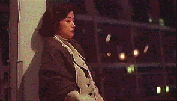
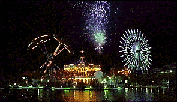
Thoei Film Company

